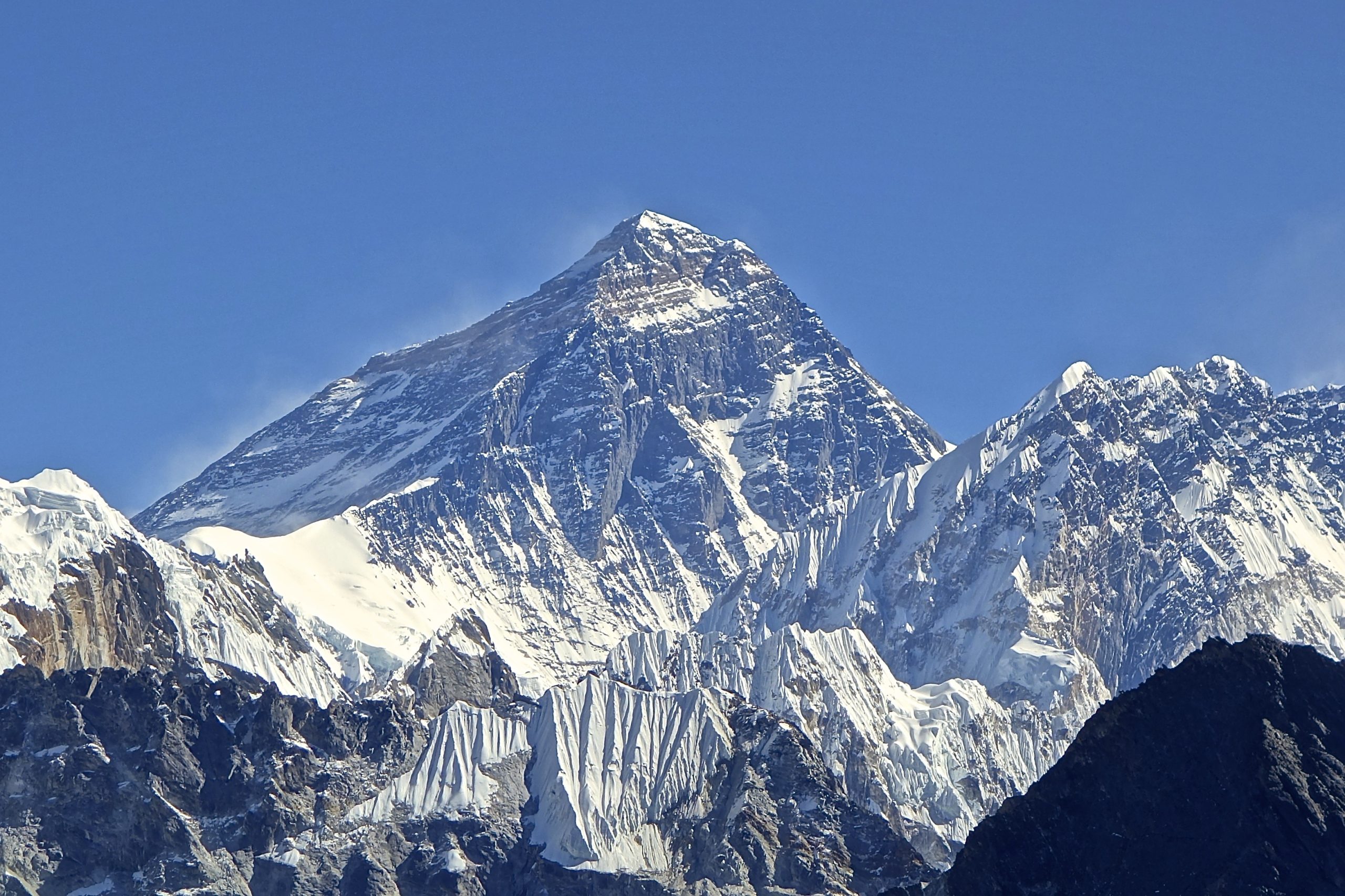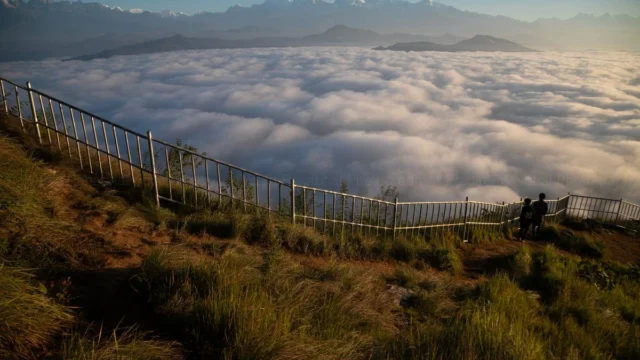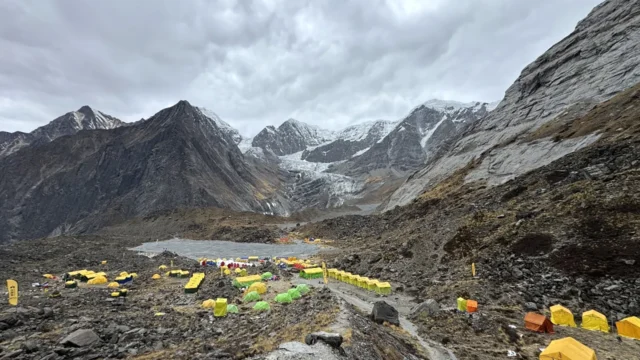Weather Affected Sagarmatha Region
The spring season in Nepal has witnessed the ongoing ascents of several Himalayan peaks, including Mount Everest (Sagarmatha). However, adverse weather conditions have impacted the mountaineering activities, especially on Everest and Kanchenjunga, with the Department of Tourism reporting that climbing efforts have been significantly hampered due to strong winds on Mount Everest.
According to Himal Gautam, the director of the Department of Tourism, “We have received reports indicating that the strong winds at Sagarmatha have made it impossible for climbers to ascend today.” This has led to many climbers, who were preparing for the ascent, returning to safer areas. Climbers with enough oxygen supplies have retreated to the second and third camps, waiting for improved weather conditions.
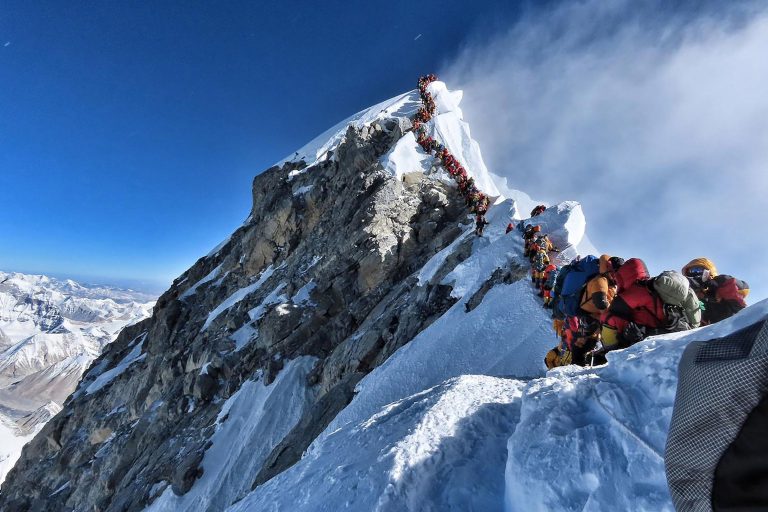
Representatives from the temporary field office at Everest Base Camp, including Pasang Bhote, reported that the sudden weather change has impacted climbing schedules. “The weather conditions have worsened, leading to a disruption in the planned climbing activities for Mount Everest,” Bhote shared.
Due to unfavorable weather conditions, the planned ascent for May 15 has been canceled, with the May 14 climb also expected to be called off. Climbers who had intended to summit on these dates are now making their way back to the base camp. This information was confirmed by a representative from the Department of Tourism, who indicated that the changing weather has forced these adjustments to the climbing schedule.
The adverse weather conditions are expected to halt the ascents for the next three to four days. However, if the weather improves, the ascents could resume from May 18, as per the department’s statements. According to a report from the trekking company, 8k Expeditions, the peak climbing activities were expected to reach their peak from May 11 to 14. The ‘summit window’ was anticipated to be between May 12 and 15, with snowfall expected on May 16 and 17. But the weather in the Sagarmatha region deteriorated five days earlier, leading to the disruption of the climbs.
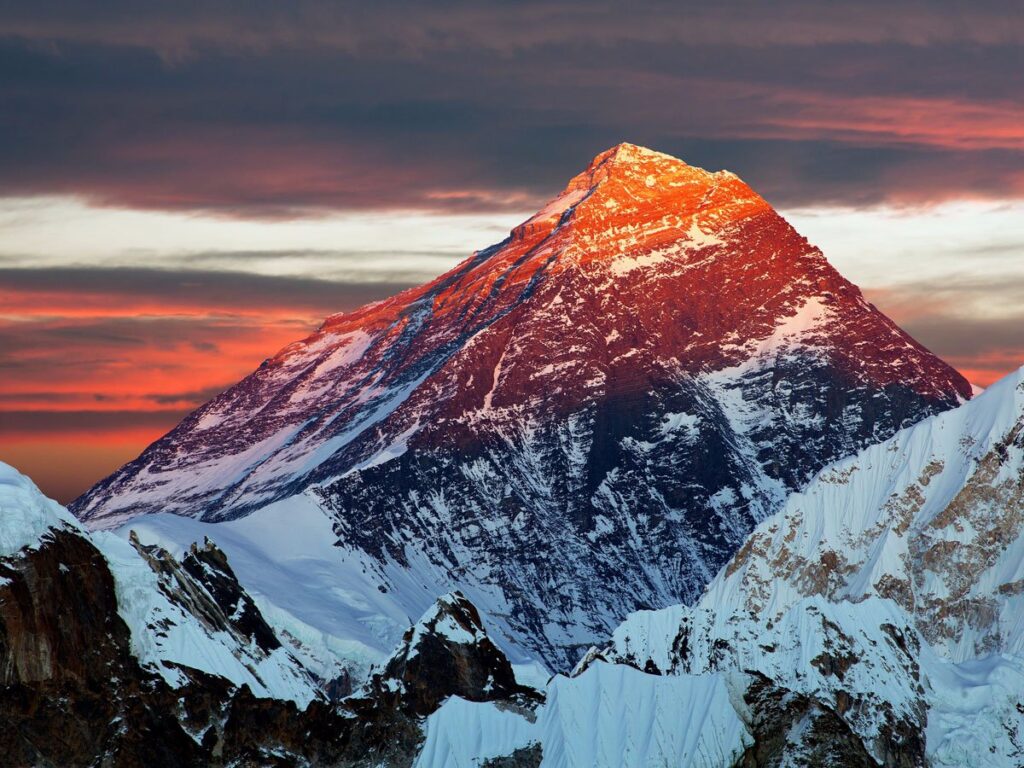
So far, only four groups of climbers have managed to reach the summit of Everest, aided by the installation of ropes up to the summit. The weather has also impacted ascents on Kanchenjunga, another major peak in the region.
On May 10, climbers Dawa Phunjo Sherpa and Fursang Sherpa successfully summited Mount Everest. On May 11, British climber Mitchell Leonard Dacre, along with Nepalese climbers Gyalje Sherpa, Furi Sherpa, and Ang Pemba Sherpa, also reached the summit. Ecuadorian climber Patricio Arevalo also successfully summited on the same day. Dawa Phunjo Sherpa also reached the summit of Lhotse on May 11.
Currently, many climbers are waiting at the second and third camps, hoping for improved weather conditions to continue their journey. In addition to Everest, five Nepali climbers, three Chinese climbers, and one Kyrgyzstani climber have successfully summited Makalu during this season.

The spring climbing season for Mount Everest began on Baishakh 26 (May 9). A seven-member Sherpa team from 8K Expeditions placed ropes at the summit of Everest at 5:00 PM on Friday, officially opening the door for other climbers to begin their ascent.
As of now, a total of 1,127 climbers, including 240 women and 887 men, have received permits for climbing 26 different peaks, including Everest. The highest number of permits have been issued for Mount Everest, with 45 groups, comprising 84 women and 372 men, totaling 456 climbers.
Despite the challenges posed by the weather, the spring climbing season in Nepal continues to attract climbers from around the world, with efforts to summit Mount Everest and other peaks expected to resume in the coming days if the weather improves.
Source: RSS
